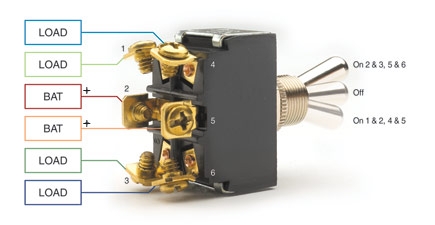Kingbleu
Well-Known Member
I want to make a dummy load so I can work on equipment and not blow my eardrums out or wake up my kids late at night. I have two 8ohm 200 watt resistors that I mounted on heatsinks and put in a chasis. This works great and was easy to wire but I want to add a switch so that I can hear the sine wave in certain situations. I need help with wiring up the switch and even what switch to use. Is there a schematic or wiring diagram or could someone walk me through this. Also is there a certain type of switch? I have been trying different wiring combinations with no luck. I was thinking maybe I'm using the wrong switch.



